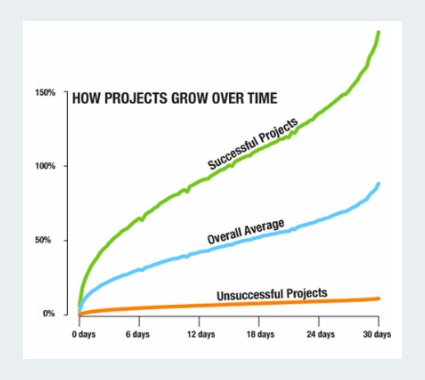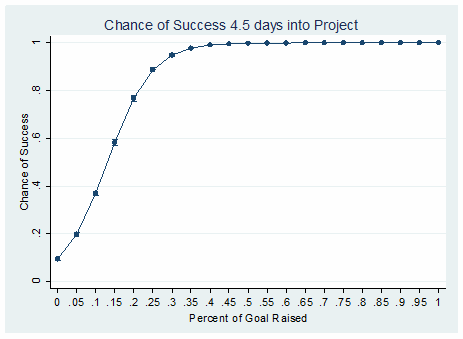
When launching new products, limiting risk can boost the chance of success. Crowdfunding on websites like Kickstarter and Indiegogo has exploded as a funding source for everything from inventive, niche products to million dollar celebrity projects. The industry has grown to an estimated $5 billion with the leader, Kickstarter, funding $480 million over 19,000 projects in 2013. For new ventures and new products, crowdfunding is almost risk-free. Launching a project on Kickstarter costs nothing upfront. If the project meets its budgeted goal, then Kickstarter charges a 5% fee plus payment processing. If the project does not meet its goal, neither Kickstarter nor the project creator takes any money. Crowdfunding presents an unmatched research resource for testing the market appeal for a new product.

Kickstarter Growth
Risky new products have found great success on Kickstarter, revealing a vibrant proving ground with less risk and more reward than traditional funding methods. Alternative video game consoles Ouya raised $8.6 million on Kickstarter and proceeded to close a $15 million venture capital round, leveraging an already committed customer base. Virtual reality headset Oculus Rift raised $75 million in venture capital after its Kickstarter raised $2.4 million. Technology projects command 11% of Kickstarter’s succeeding dollars while only 2.7% of projects. Kickstarter provides an excellent forum to prove the market potential for these products, allowing them to acquire paying customers before expending all their resources on development.

Kickstarter Success
Project success can be predicted early on. Virality at the beginning of a campaign pays off as success snowballs. This momentum explains why successful projects on average raised 160% of their target goal. The average successful project reaches its goal before the halfway point. Measuring 10,000 projects conducted during 2012 reveals just how fast momentum for a successful project can set in. Four days into a 30-day project, 50% of successful projects have raised 28% of their goal while unsuccessful projects have only raised 1% of their goal. Raising a quarter of your goal by day four leads to an 88.7% chance to succeed. Projects can provide immediate feedback, well before the average 30-day project duration. This data can further inform how interested the potential market will be to the proposed product.
As a proving ground for innovation, crowdfunding is the new test market. Real customers pledge to make the dream a reality. This presents an opportunity to experiment with new product launches and engage with customers to help decide commercial viability
Author: Michael Sherrin


